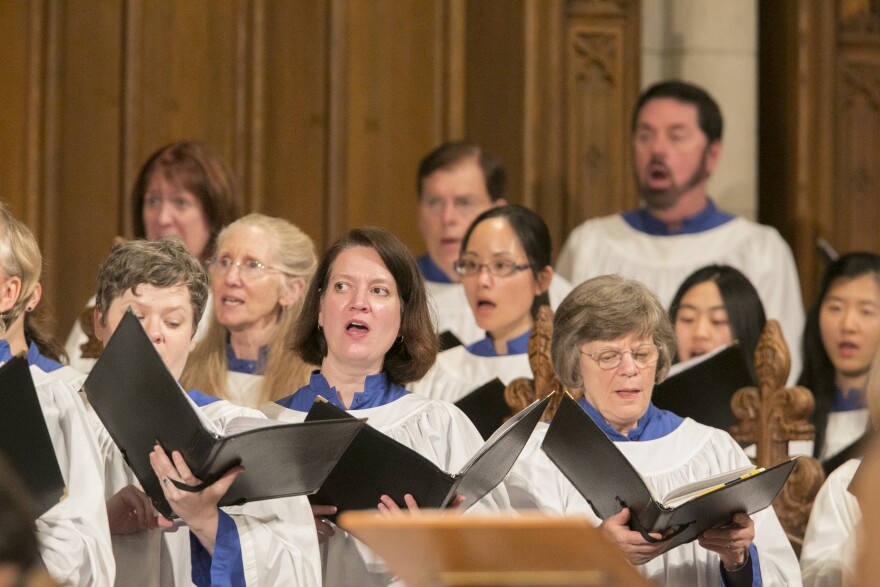has reopened theat the center of its Durham campus after a $19 million renovation.
Crews have been working for a year to restore the limestone walls and ceiling that define the chapel's Gothic architecture.

In a special broadcast at Duke Chapel, university archivist told ��������վ’s "The State of Things" the chapel has served as an institutional icon at Duke for nearly 90 years.
“It has been the site of demonstrations,” Gillespie said. “Following Martin Luther King's assassination in 1968, there was a very large silent vigil for about four days where students came out both in an act of mourning and in support of hourly laborers on campus.”
The year-long renovation is the first major restoration since the chapel opened in the 1930s.

Duke Chapel Dean said he hopes the reopening continues the chapel's original mission of helping students, faculty and broader community “think about the integration of our intellectual lives and our spiritual lives,” he said.
The building’s architecture has helped many preachers over the years embody the sermon and offer “a window into deeper realities,” Powery said.
“Architecture does influence the liturgy, does influence preaching,” Powery said. “The embodiment of that sermon is definitely impacted by the space in which you preach.”
MORE PHOTOS:




DUKE CHAPEL FACTS:
Built: 1930-1932
Dedicated: 1935
Special features: vaulted ceilings, woodwork, stained-glass windows
Construction costs: $19 million in funding from endowment in 1924-1925, which is about $300 million today
Notable speakers: and
Architecture influenced by chapels at other university campuses, including Princeton and the University of Chicago















